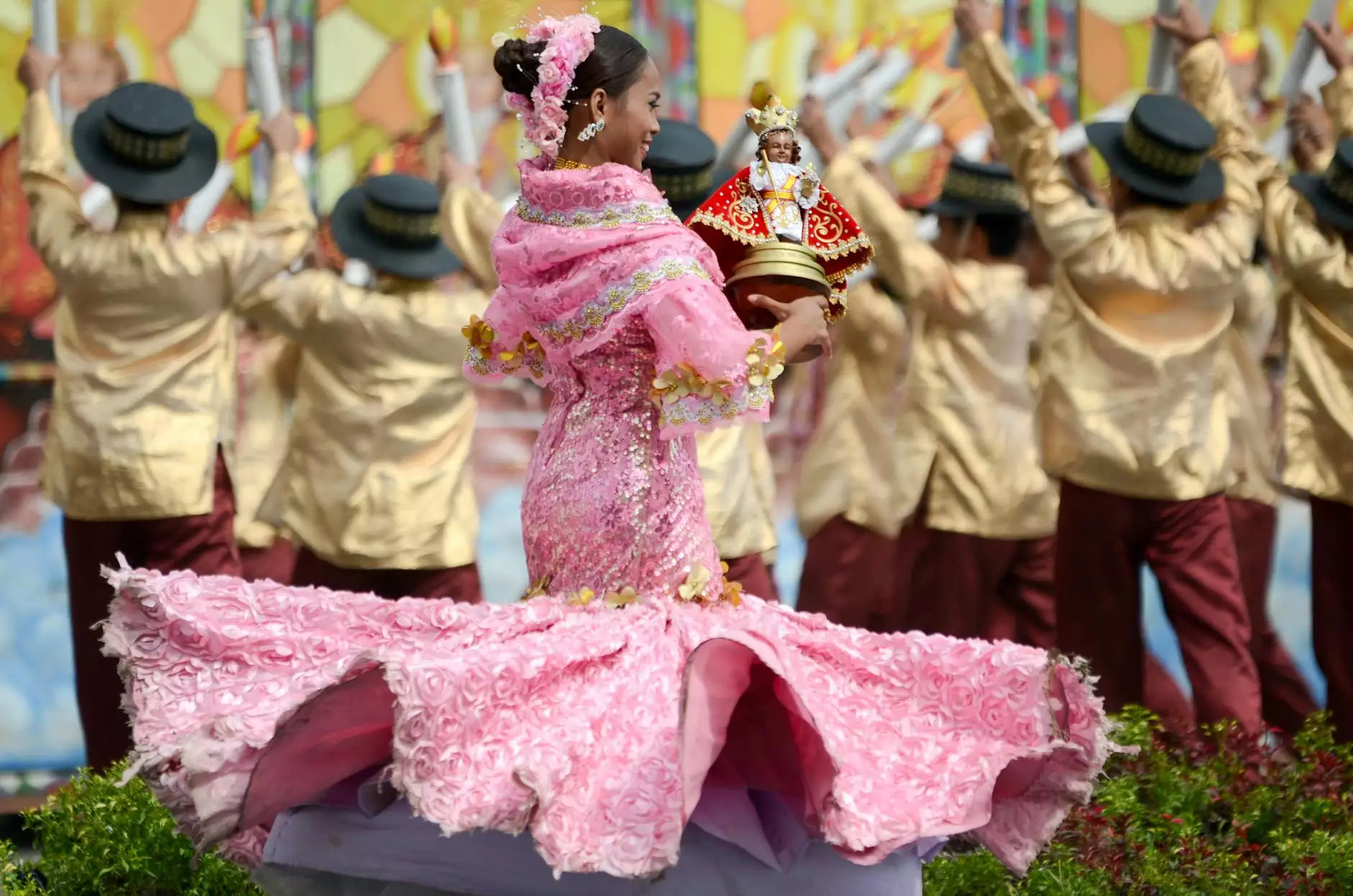Drupal Performance: Image Optimization
Blog
Introduction
Welcome to SEO Martian, your trusted partner in optimizing website performance. In this article, we will delve into the world of Drupal performance and focus specifically on image optimization. We will explore various techniques and best practices to ensure your Drupal website loads quickly and provides an exceptional user experience.
Why Image Optimization is Crucial
Images play a vital role in enhancing the visual appeal of your website, but they can also significantly impact its performance. Large, unoptimized images can slow down page loading times, leading to frustrated users and lower search engine rankings. By optimizing your images, you can strike the right balance between visual appeal and performance, ensuring a seamless browsing experience for your visitors.
1. Choosing the Right Image Format
The first step in image optimization is selecting the appropriate file format. Drupal supports multiple image formats, including JPEG, PNG, and GIF. Each format has its advantages and use cases. JPEG is ideal for photographs and complex images, PNG for images with transparency, and GIF for simple animations. By choosing the right format, you can reduce file size and improve loading times.
2. Compressing Images
Compressing images is an essential step in optimizing their file sizes. There are several tools available, both online and offline, that can compress images without compromising their quality. Aim to strike a balance between image quality and file size reduction. As a general rule, aim for a file size that is as small as possible while still maintaining acceptable image quality.
3. Resizing and Scaling
Another crucial aspect of image optimization is resizing and scaling images to fit their intended display dimensions. Frequently, website owners upload images with unnecessarily large dimensions, causing browsers to download larger files than necessary. By resizing and scaling images accurately, you can reduce file sizes and improve page loading speeds.
4. Leveraging Browser Caching
Enabling browser caching can have a significant impact on your Drupal website's performance. When a user visits your website, their browser stores certain static elements, such as images, in its cache. By setting appropriate caching headers in your Drupal configuration, you can instruct the browser to retrieve images from the cache instead of downloading them again. This reduces the overall number of requests and improves loading times.
5. Lazy Loading
Implementing lazy loading is an effective technique to improve page loading times, especially for websites with numerous images. With lazy loading, images that are not immediately visible to the user are loaded on-demand as the user scrolls down the page. This approach reduces the initial page load time and improves the overall user experience.
6. Content Delivery Networks (CDNs)
Utilizing a Content Delivery Network (CDN) is an excellent method to further optimize image delivery. CDNs distribute your website's static content, including images, across servers located in various geographical locations. When a user requests an image, it is delivered from the server closest to their location, reducing latency and improving loading times.
Conclusion
Optimizing images is a critical aspect of maximizing Drupal performance. By choosing the right image format, compressing images, resizing and scaling appropriately, leveraging browser caching, implementing lazy loading, and utilizing CDNs, you can significantly enhance your website's loading times and provide an outstanding user experience. As your trusted SEO partner, SEO Martian is here to help you implement these image optimization techniques and drive higher search engine rankings for your Drupal website. Contact us today to get started!










